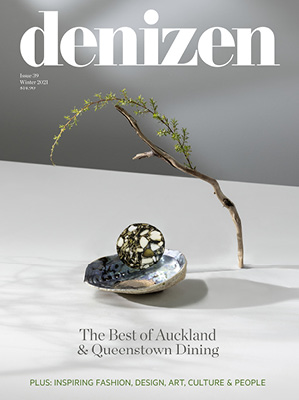We’re not sure if you’ve noticed, but there’s something in the air lately. It’s the olfactory profile of student dorms, hippy camper vans, and suspect coffee shops, intertwined with a burgeoning whiff of something new — change. Marijuana, is now everywhere, not just embedded within our nostrils, but lingering on the tip of our tongues too. Underground conversations whispered in hushed tones have evolved into heated debates across the media and feverish discussions in parliamentary chambers the world over.
Old Mary-Jane has shed her stigma and entered the mainstream, and now she’s threatening to flourish at the epicentre of a booming industry. And it’s not just your average joint either, no sir. Now, you can vape it through an array of futuristic looking trippy sticks. You can absorb it via a selection of saccharine ingestibles crafted with such creativity it would put Willy Wonka to shame. You can use it as an ointment, smear it on via body lotion, take it in capsule form, drink it, or even insert it as a suppository, the multitude of ways to ingest it are endless.
Type the term ‘medical marijuana’ into Google and you’ll be rewarded with a slew of discussion-inducing news articles and passionate opinion pieces — most waxing lyrical about CBD and THC, and their wondrous health benefits. CBD, or cannabidiol, is one of at least 113 cannabinoids found in the plant. It is a non-psychoactive compound, meaning that — contrary to what you might think — it will not get you stoned. The devilish culprit behind the fits of giggles, the inability to refrain from anything edible in sight and the anxiety, is, in fact, tetrahydrocannabinol, or THC, the most prevalent compound found in the plant.
While the many benefits of both compounds are heavily embroidered in the arguments of advocates for marijuana legalisation — science proves that you can smoke pot until the cows come home, but it will not, I’m afraid, cure cancer — there are many legitimate benefits that still remain. Marijuana has, for example, been scientifically proven to alleviate pain, reduce anxiety and depression and help people suffering from insomnia.
Symptoms from conditions such as Multiple Sclerosis and Parkinson’s disease are proven to be alleviated, while the plant’s anticonvulsant properties have been crucial for those with Epilepsy. Dravet syndrome, one particularly nasty form of childhood epilepsy, is a lifelong affliction which is almost impossible to control, yet it has been proven to respond dramatically to a particular strain of CBD. Not only that, but researchers from the University of Texas in Dallas have found that chronic cannabis users have a higher blood flow to the brain as opposed to non-users — meaning that they are at a greatly reduced risk of a stroke.
Locally, there are several entities waiting in the wings for the green light on commercial cannabis production for medical and lifestyle use. Leading the pack is Hikurangi Group, the Ruatoria-based company which is the first in New Zealand to receive its medical cannabis license after raising $300,000 from investors. Helius Therapeutics is another fresh startup company focused on manufacturing medical- grade cannabis products and distributing them to those in New Zealand, a process which isn’t without its risks. The trio behind the company — former ad executive Paul Manning, JP Schmidt and former general manager of Red Bull NZ, Gavin Pook — are aware that operating ahead of legislative change is going out on a serious limb, but their faith in the law change overrides any doubts, and they’re set to open, sell and educate on the day that it does. While risky to some, it seems to be a sound business venture, with the New Zealand medical marijuana movement predicted to blossom into a billion- dollar market.
When faced with such results, the legalisation of medical cannabis seems like a no-brainer, and the stats are moving to reflect as much — according to the 2017 Curia Poll, 78 percent of New Zealanders agree that growing a small amount of cannabis for medical reasons should be decriminalised, as opposed to 64 percent in 2016 — but still, a large portion of the population remains sceptical. Those resistant to the movement highlight concerns over mental health risks — marijuana use is believed to exacerbate some existing mental health disorders — and governmental lack of control.
But really, the blunt truth is that there is still so much to be learnt about the safety and efficacy of the drug. Lack of substantial research in the area has led to a guessing game of sorts, leading to widespread miseducation on the matter. This further induces the moral panic, where people associate legalisation with a hazy dystopian future. In it, the world takes a tumultuous turn. Every day on the calendar is April the 20th, working professionals exchange their suits for spliffs, angsty teenagers, once legally exposed to drugs of any kind, spiral dangerously into the black hole of experimentation, and busy motorways turn into a standstill line of hotboxed cars.
Perhaps the first realisation we need to make is that the legalisation of medical marijuana will not result in doctors handing over hampers stuffed with pouches of wacky-backy and an array of bongs to let you use at your own leisure. You won’t be able to pop into your local pharmacy and ask for a baker’s dozen, subsequently leaving with a smile and 13 dime bags. Pre-rolled joints aren’t going to be sold next to the Nurofen in your local dairy. Instead, the idea is for it to be treated as any other prescribed form of medication, strictly regulated and given to the public solely by professionals. Less Pineapple Express, more medical success.









